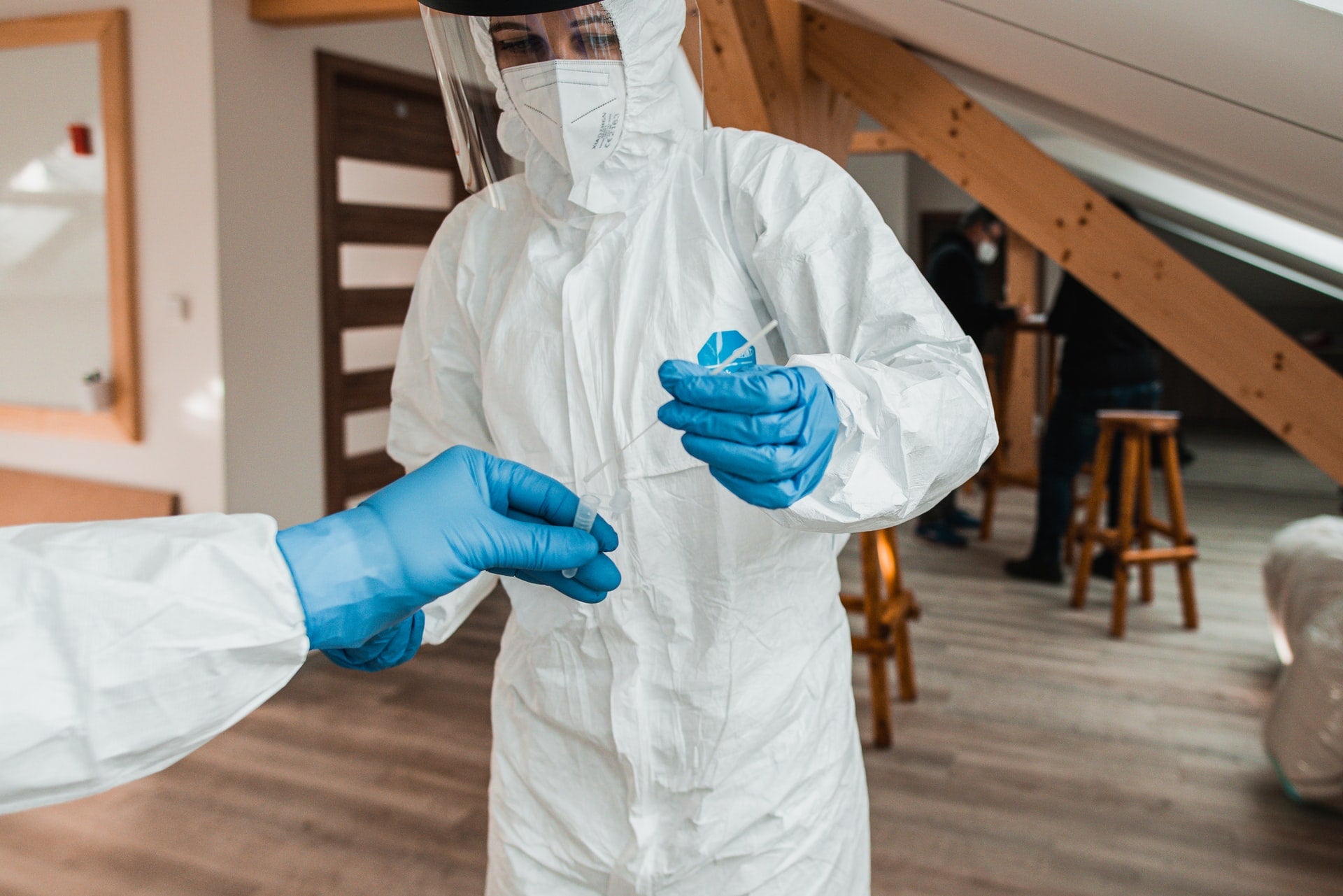An introduction to COSHH

If you’re working in an environment where there’s the potential to come into contact with hazardous substances, you should be aware of COSHH.
Control of Substances Hazardous to Health (COSHH) is a law that requires all employees to control and manage any substances that could be hazardous to their employee’s health and safety at work.
Every employee should feel safe and protected while at work, and it’s up to you as an employer to ensure they feel this by following the law and putting measures in place to reduce potential risk.
How to prevent or reduce exposure to hazardous substances
The easiest way to keep your employees safe is to follow the step-by-step advice given in the COSHH guidance, which is:
- Identify potential health hazards in your workplace
- Perform a risk assessment to decide how to prevent harm
- Provide adequate control measures in the workplace
- Encourage all employees to follow measures
- Provide information, instruction and training
- Monitor the results of control measures
- Plan for potential emergencies
What you need to do
You may not always be aware of all the potentially hazardous substances that your employees are coming into contact with, but it’s your responsibility to put the effort into identifying these hazards.
You should be aware of certain tasks that are at a higher risk of contact, how these tasks can cause harm and to what extent, and how you can prevent exposure at the very source.
Think about whether you can avoid using a hazardous substance, whether you can come up with a safer process, or if you can use a safer form of the substance to prevent injuries and accidents.
How to control exposure
In some instances, it may not be possible to completely prevent exposure. If this is the case, you should put control measures in place to reduce the risk.
This includes:
- Using adequate control equipment
- Monitoring procedures and ways of working to promote safety
- Conduct regular maintenance, examination and testing of control measures
- Writing up emergency procedures, decontamination and 'permits to work' for tasks such as maintenance
- Ensuring that your employees receive the right PPE for their tasks and always wear it while they work
- Managing and updating PPE when necessary
- Encouraging staff to follow hygiene procedures
- Creating a culture in the workplace where employees feel like they’re able to warn their supervisors if they think something is wrong
-
Posted in
COSHH, hazardous substances, health and safety, PPE, safety at work





